Every five years without substantial CO2 emission reductions locks in an additional temperature increase of about 0.1°C, and implies an additional need of around 200 billion tonnes CO2 of negative emissions to return to 1.5°C.
100 climate researchers, coordinated by @pik-potsdam.bsky.social & @iiasa.ac.at, released a joint statement to inform the #COP30 negotiations and provide guidance on difficult but doable global efforts designed to limit dangerous overshoot of 1.5°C as much as possible.
Every five years without substantial CO2 emission reductions locks in an additional temperature increase of about 0.1°C, and implies an additional need of around 200 billion tonnes CO2 of negative emissions to return to 1.5°C.
www.amazon.com/Big-Picture-...

www.amazon.com/Big-Picture-...
#neuroskyence
www.thetransmitter.org/neural-dynam...

#neuroskyence
www.thetransmitter.org/neural-dynam...

#OpenScienceWeek
#OpenScienceWeek
www.biorxiv.org/content/10.1...
🧠📈 🧪

www.biorxiv.org/content/10.1...
🧠📈 🧪

To predict the behaviour of a primate, would you rather base your guess on a closely related species or one with a similar brain shape? We looked at brains & behaviours of 70 species, you’ll be surprised!
🧵Thread on our new preprint with @r3rt0.bsky.social , doi.org/10.1101/2025...
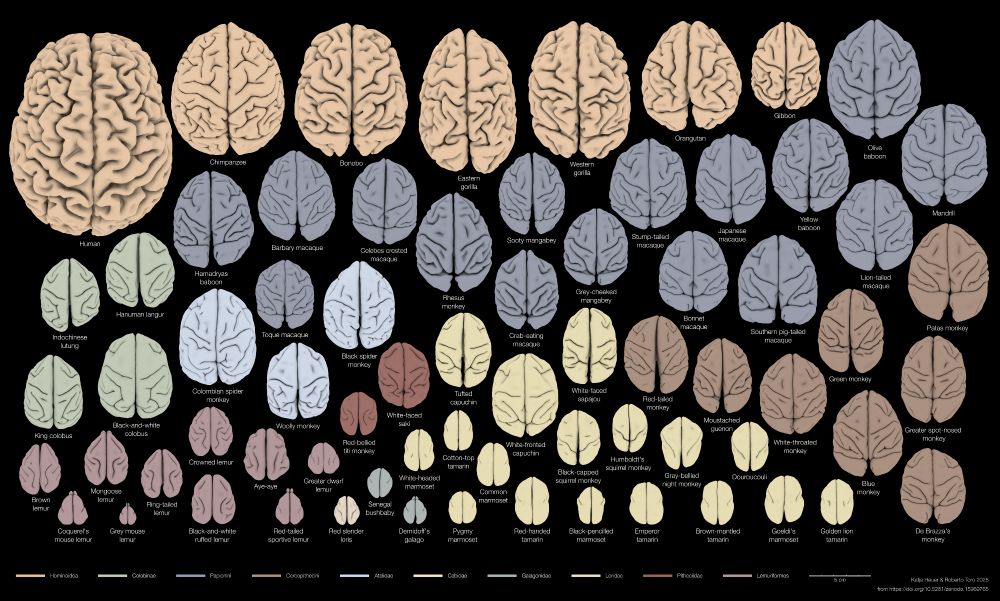
To predict the behaviour of a primate, would you rather base your guess on a closely related species or one with a similar brain shape? We looked at brains & behaviours of 70 species, you’ll be surprised!
🧵Thread on our new preprint with @r3rt0.bsky.social , doi.org/10.1101/2025...
www.biorxiv.org/content/10.1...

www.biorxiv.org/content/10.1...


My own first exposure was Gilles Laurent's chapter in "21 Problems in Systems Neuroscience", where he cites odor trajectories in locust AL (2005). This was v inspiring as a biophysics student studying dynamical systems...


My own first exposure was Gilles Laurent's chapter in "21 Problems in Systems Neuroscience", where he cites odor trajectories in locust AL (2005). This was v inspiring as a biophysics student studying dynamical systems...
Video: www.youtube.com/watch?v=yw_4...
Paper: www.nature.com/articles/s41...
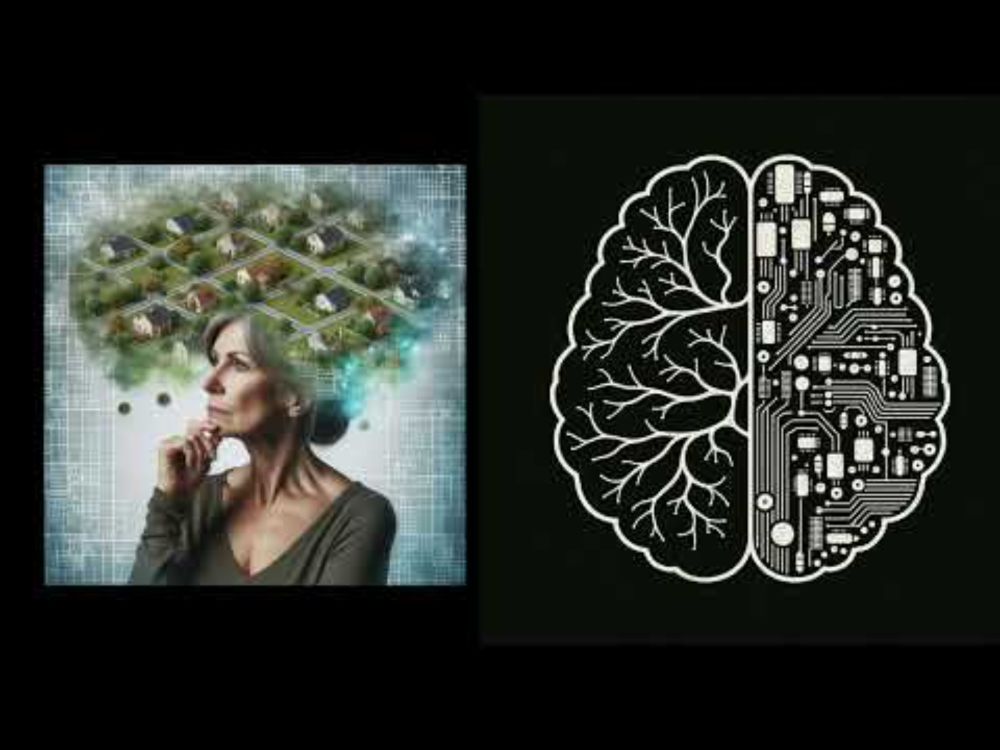
Covers (1) causal explanation & (2) non-causal/mathematical explanation in life sciences--bio, neuro, etc 🌿🧬🧠
Introduction to philosophical work on scientific explanation!
www.cambridge.org/core/element...
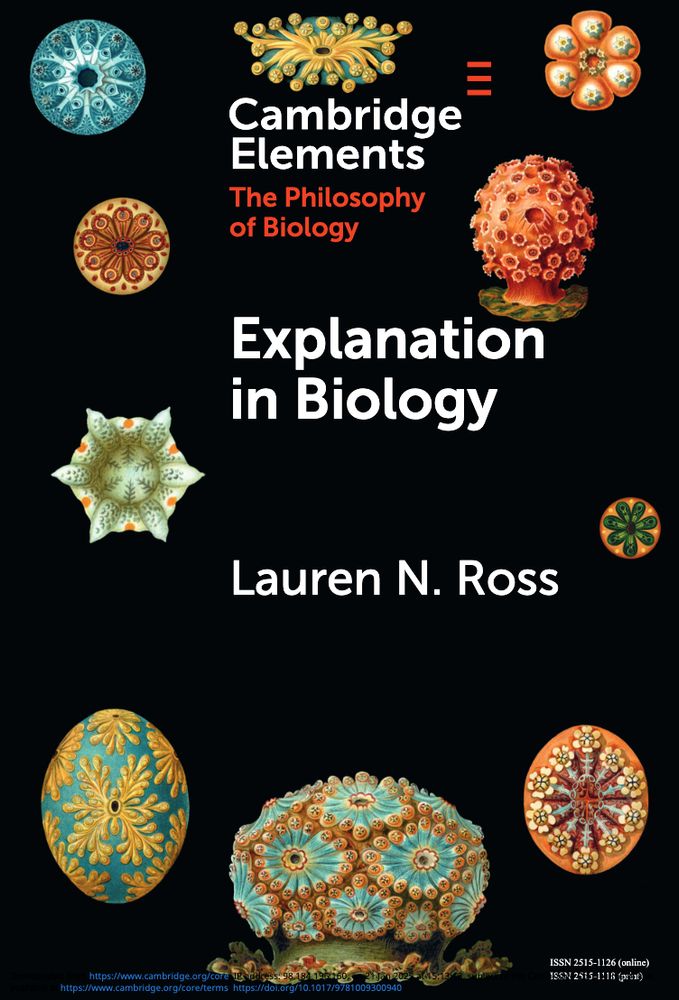
Covers (1) causal explanation & (2) non-causal/mathematical explanation in life sciences--bio, neuro, etc 🌿🧬🧠
Introduction to philosophical work on scientific explanation!
www.cambridge.org/core/element...
Before this year ends, I will quickly advertise our code release of `flyvis.`
Docs: t.ly/YqWzR
Repo: t.ly/pMWpp
Work with @jakhmack.bsky.social, @srinituraga.bsky.social and colleagues
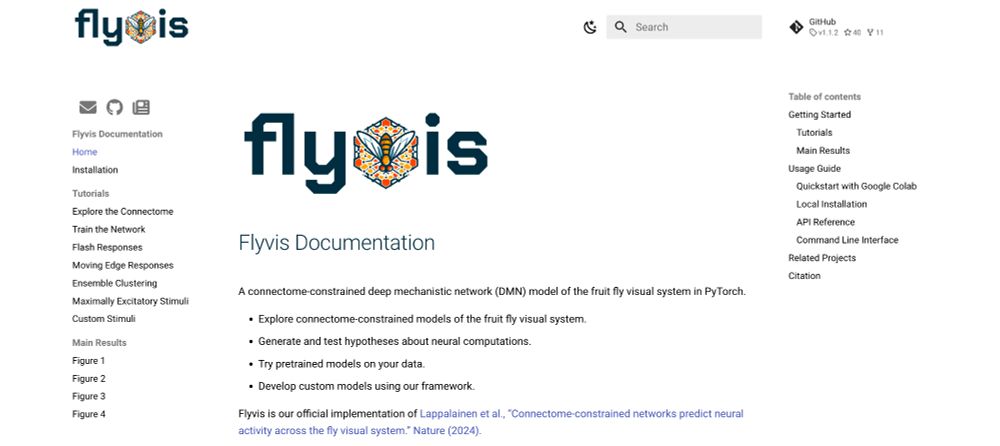
Before this year ends, I will quickly advertise our code release of `flyvis.`
Docs: t.ly/YqWzR
Repo: t.ly/pMWpp
Work with @jakhmack.bsky.social, @srinituraga.bsky.social and colleagues
Apply now for a paid summer internship !
Become a summer neuroAI intern at CSHL!
www.schooljobs.com/careers/cshl...

Apply now for a paid summer internship !
1. The importance of stupidity in scientific research
Open Access
journals.biologists.com/jcs/article/...
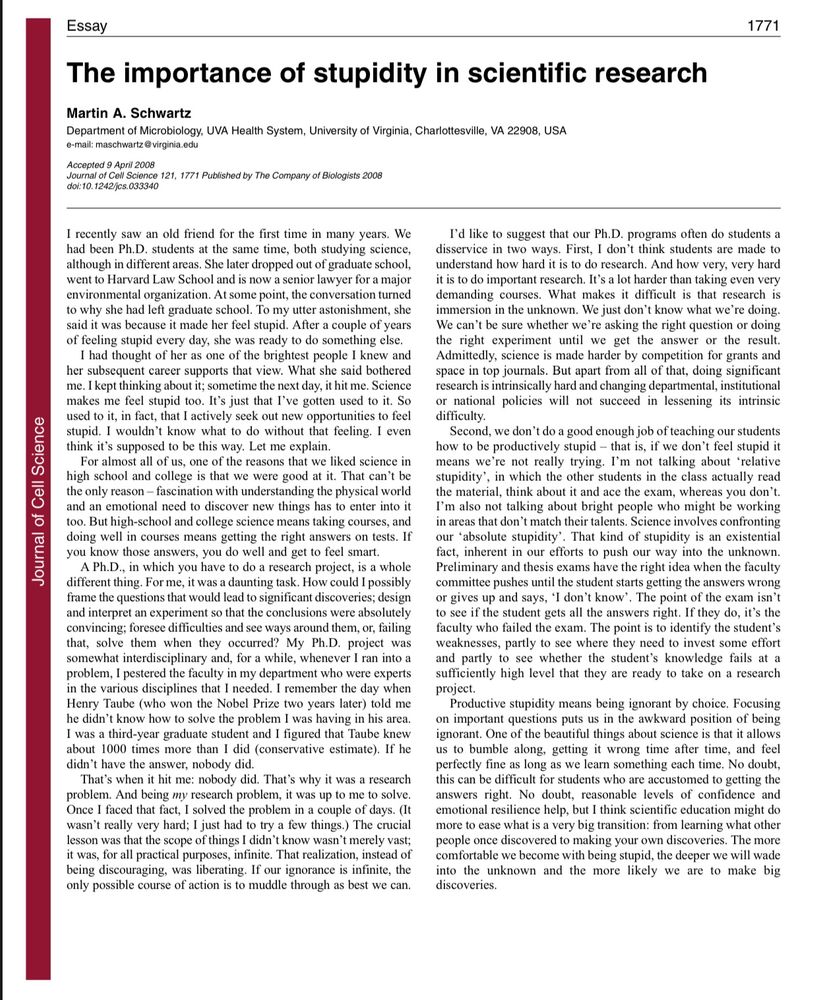
1. The importance of stupidity in scientific research
Open Access
journals.biologists.com/jcs/article/...


